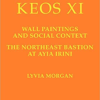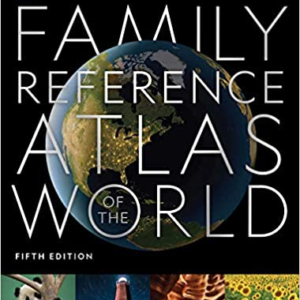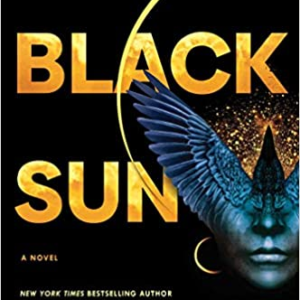Wall Paintings and Social Context: The Northeast Bastion at Ayia Irini (Keos) by Lyvia Morgan
HARDCOVER
[ 630 PAGES ]
PUB: November 13, 2020
Description
This book presents the results of the study of the wall paintings from the Northeast Bastion at Ayia Irini, situating them within the wider social context of Kea and the Aegean world. Like the spectacularly well-preserved Akrotiri on Thera, with which these paintings are contemporary, Ayia Irini thrived 3,500 years ago. But unlike Akrotiri, Ayia Irini was not protected by a layer of volcanic ash. When the site was excavated in the 1960s-1970s by the University of Cincinnati under the auspices of the American School of Classical Studies at Athens, the paintings had long since collapsed, fractured into thousands of small pieces. This study attempts to bring the wall paintings back to life. Within the Northeast Bastion was a miniature frieze and, in the adjacent room, large-scale panels of plants. Human action set within townscapes, landscapes, and the sea presents a vivid account of the social life and environment of the people for whom this harbor town was vital within the trading network of the time. This book explores the social implications of the fascinating and often unique iconography of the paintings whose setting within a fortification wall is quite extraordinary. The volume is profusely illustrated with color drawings, visualizations, and photographs.
| Weight | 1.74 lbs |
|---|---|
| Dimensions | 12 × 8.75 in |
| Author | |
| Format | |
| ISBN-10 | |
| Language | |
| Publication Date | |
| Publisher |
Be the first to review “Wall Paintings and Social Context: The Northeast Bastion at Ayia Irini (Keos) by Lyvia Morgan”
You must be <a href="https://webdelico.com/my-account/">logged in</a> to post a review.




























There are no reviews yet.